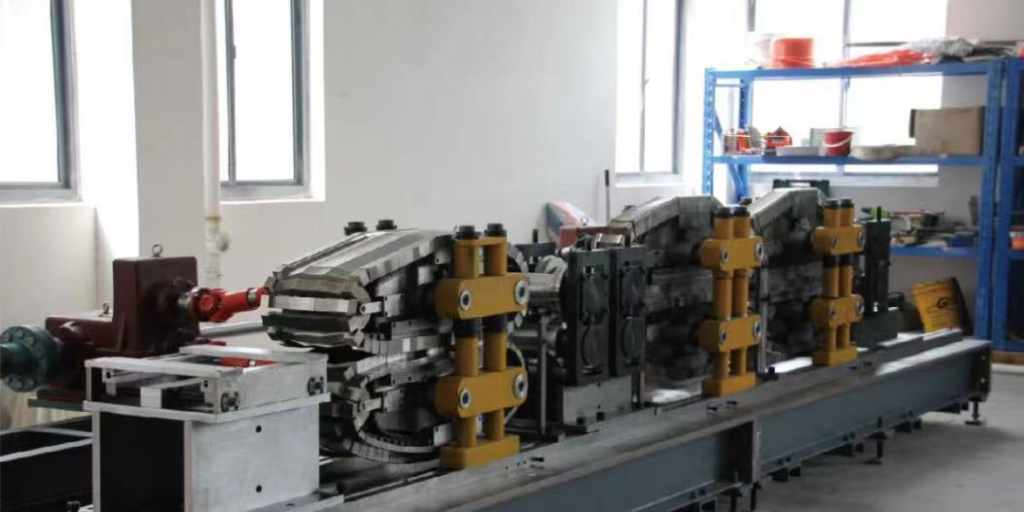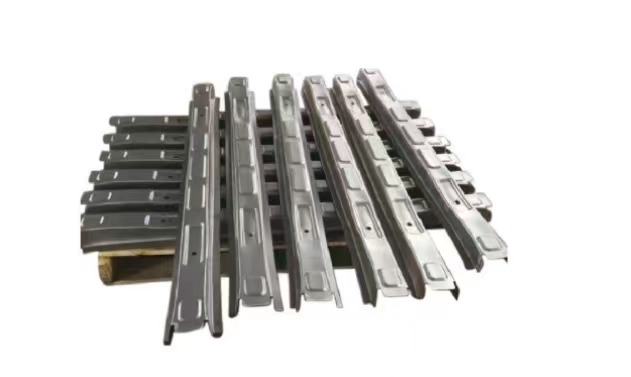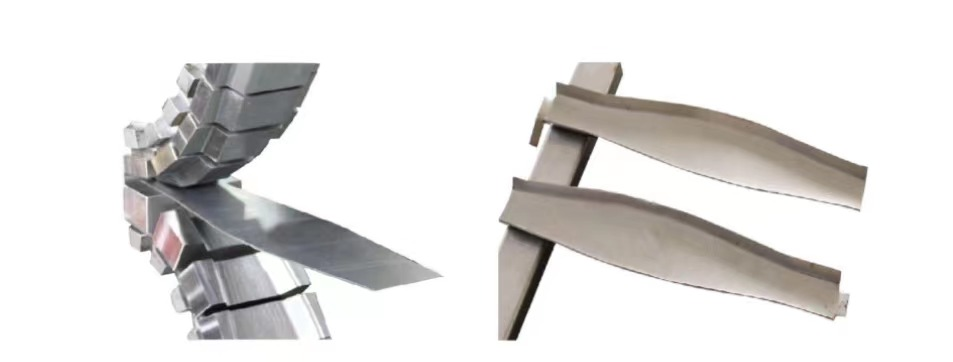Introduce
Ultra-high-strength roll forming is a manufacturing process that uses roll-forming technology to produce high-strength metal parts with complex shapes. The process is particularly suited to producing parts with high strength-to-weight ratios and tight tolerances, making it ideal for a wide range of industries including automotive, aerospace and construction.
In the ultra-high-strength roll forming process, flat metal sheet or strip is fed through a series of rollers that gradually bend and shape the material into the desired shape. As metal forms, it is subjected to high pressure and tension, resulting in a dramatic increase in its strength and stiffness. This is achieved by carefully controlling the amount and direction of deformation, as well as the temperature and speed of the process.
Advantages of Ultra High Strength Roll Forming Process
One of the key advantages of the ultra-high strength roll forming process is its ability to produce complex parts in a single pass through the roll. This eliminates additional manufacturing steps such as cutting, welding or joining, which add time and cost to the production process. In addition, the ultra-high-strength roll-forming process can produce parts with consistent dimensions and high repeatability, ensuring a high degree of accuracy and quality.
Ultra-high-strength roll-formed products
The ultra-high-strength roll forming process is particularly suitable for producing high-strength metal parts such as advanced high-strength steel (AHSS), aluminum alloys and titanium alloys. These materials offer superior strength and durability compared to conventional materials, making them ideal for applications where weight savings and performance improvements are critical.
Challenges
One of the challenges of the ultra-high strength roll forming process is managing the high stresses and strains that the material is exposed to during the forming process. This requires careful tool and roller design, as well as precise control of process parameters such as feed rate, roller speed and temperature. Additionally, the process may require specialized equipment and tooling, which increases production costs.
Despite these challenges, the ultra-high-strength roll-forming process offers significant advantages over other manufacturing methods for producing high-strength, complex parts. With advances in technology and materials, ultra-high-strength roll-forming processes are gaining popularity in numerous industries, including automotive, aerospace and construction, where lightweight and high-strength components are in high demand.
In summary, ultra-high-strength roll forming is a powerful manufacturing technique that can produce high-strength, complex metal parts with excellent strength-to-weight ratios and tight tolerances. While it requires careful design and precise control of process parameters, the benefits of this technology make it an attractive option for a wide range of industries looking to improve product performance and efficiency.
Baosteel ultra-high strength roll forming
Baosteel’s super-roller forming technology is a new forming process that integrates the characteristics of rolling and stamping technology.
The super large roll diameter segmented mold (roll equivalent radius up to 10m) can be used to gradually bend or draw the sheet or coil to realize the forming method of variable cross-section beam parts.

Baosteel Roll Forming Materials
HC00/980QPHC20/1180QPQP500、HC00/780MSHC00/980MS
HC950/1180MS、HC1200/1500MS、HC1350/1700MS、HC420/780DP
HC420/780DPD+Z、HC550/980DP、HC550/980DPD+Z HC820/1180DP
HC20/1180DPDZHC00LAHC50LA

Baosteel Roller Punching Technology Capabilities
Capable of analysis, collaborative development and sample trial production of roll stamping parts:
*Collaborative design of ultra-high-strength steel roll punching parts
*Process development and simulation analysis of roller punching parts
*Roller die design and optimization
*Roll punching sample trial production


